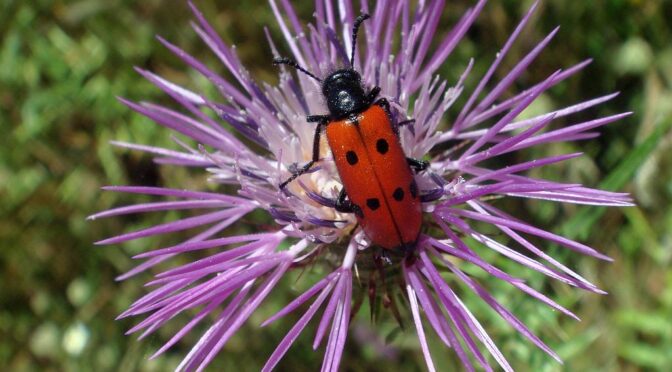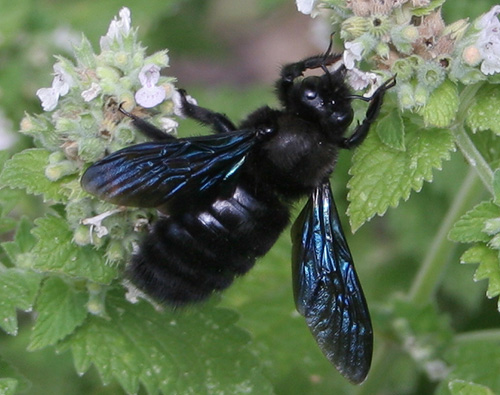These delicate insects can be seen in a multitude of colours, patterns and sizes, ranging from 3 to 10 cm and from plain white to jazzy orange mosaics. There are 80+ species of butterflies on the wing in June in the Sierra de Grazalema. Some are rare and localised, others are common throughout Europe.
Read more about butterflies in Spain over at Wildside Holidays: https://wildsideholidays.co.uk/butterflies-found-in-andalusia/
A hot sunny day in June, proved to be a good time to see a variety of butterflies whilst walking on the Sierra de Endrinal footpath above the village of Grazalema. Some species were numerous, others in singles and not all of them posed to be photographed, but this will give you an idea of what butterflies you might be able to see in Grazalema. Heres the list of the butterflies seen on the day and a gallery of images of some of them. 🙂
Continue reading Butterflies on the wing in June in the Sierra de GrazalemaI’ve been living in this lovely area of Western Andalucia for the last 20 years or so and dedicate most of my time to the running of English language tourist information websites for the towns of Cádiz, Ronda, Grazalema, the famous or infamous Caminito del Rey, and also Wildside Holidays, which promotes sustainable and eco-friendly businesses running wildlife and walking holidays in Spain. My articles contain affiliate links that will help you reserve a hotel, bus, train or activity in the area. You don’t pay more, but by using them you do support this website. Thankyou!












